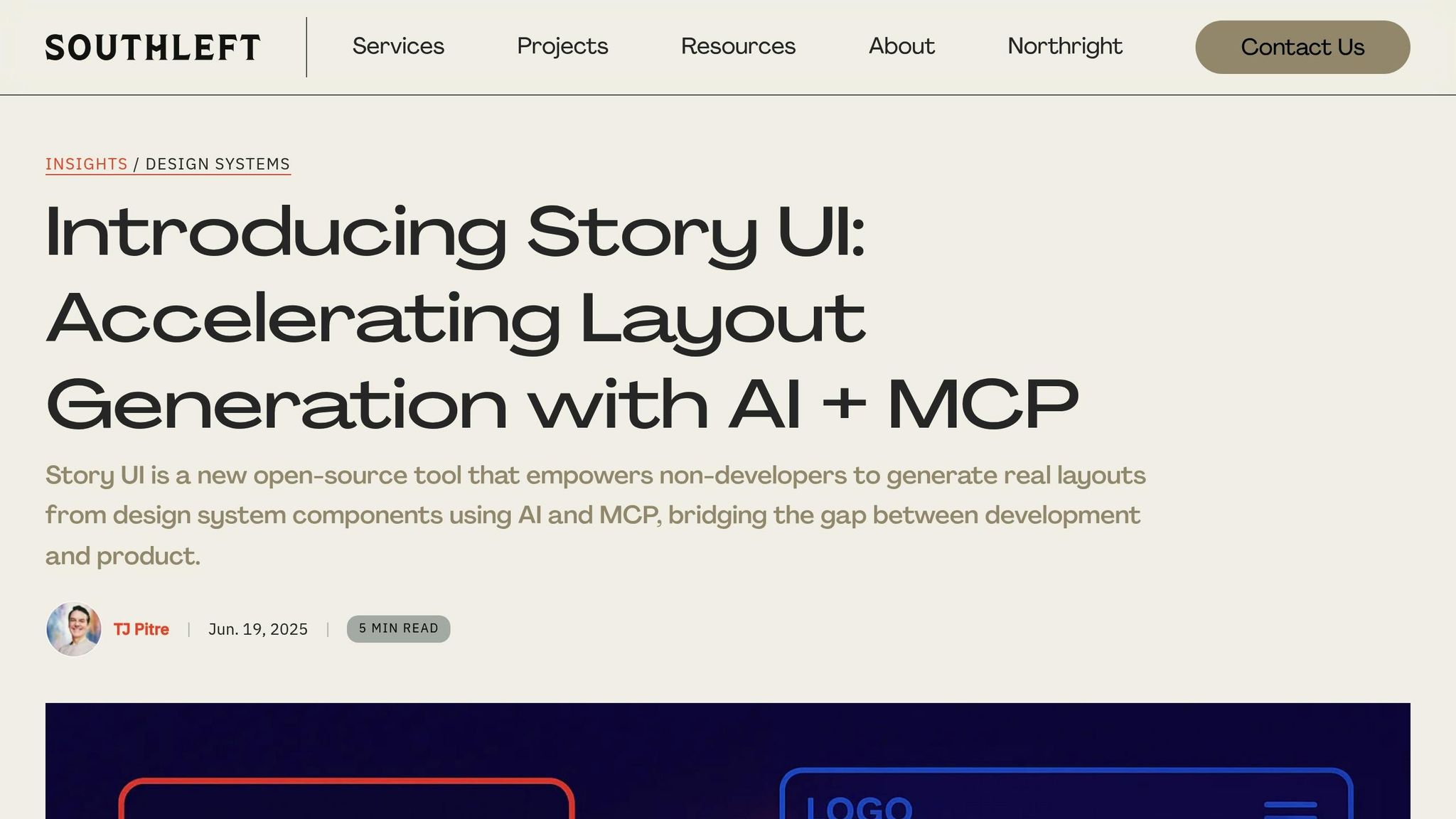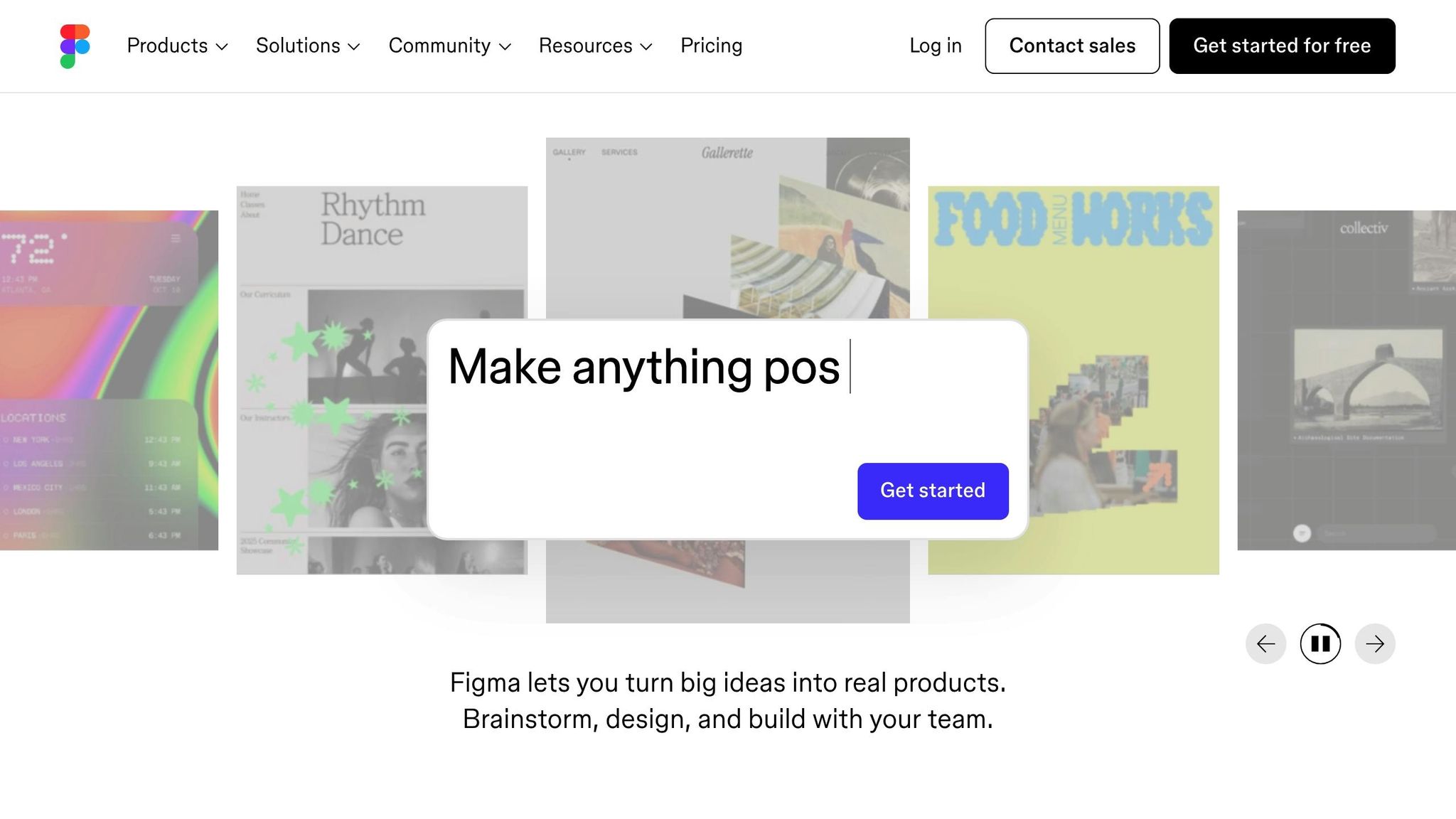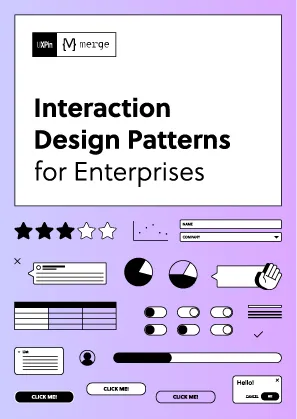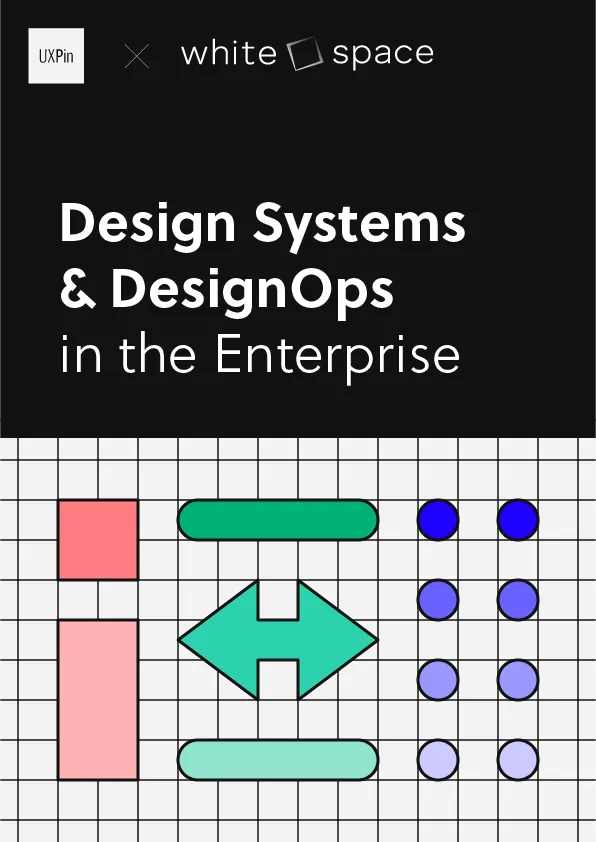Design systems have become a cornerstone for ensuring consistency and efficiency in UI/UX workflows. However, rapidly advancing AI technologies, such as Large Language Models (LLMs), are now poised to further optimize design-to-development pipelines. But how can you harness this potential while maintaining the integrity of your design system?
A recent discussion and demo introduced by Dominic Nguyen, co-founder of Chromatic (makers of Storybook), and TJ Petrie, founder of Southleft, explored this intersection of design systems and AI. With their expertise, they showcased Story UI, a tool that connects design systems to LLMs, streamlining tasks like prototyping, component scaffolding, and generating on-brand UI code. This article unpacks their insights, offering actionable takeaways for professional designers and developers.
Why Combine Design Systems with LLMs?
Design systems streamline the creation of consistent, reusable components across design and development teams. However, integrating LLMs like Claude or GPT with these systems introduces a new level of efficiency.
Key Challenges Addressed by LLM Integration:
- Prototyping Speed: LLMs generate UI prototypes based on your design system’s components, minimizing back-and-forth iterations.
- On-Brand Consistency: By referencing your design system, LLMs ensure that generated UIs align with your organization’s patterns and guidelines.
- Reducing Manual Work: Tedious tasks, like creating story variants for every UI component, can be automated, saving developers significant time.
- Scalable Context Awareness: Without integration, LLMs generate generic or unpredictable outputs. Connecting them to your design system ensures precise, usable results informed by your specific context.
Yet, without proper implementation, the outputs from LLMs can feel disjointed or fail to meet organizational standards. That’s where tools like Story UI step in.
How Story UI Bridges LLMs and Design Systems

The Core Idea
Story UI acts as a middleware, connecting LLMs to your design system’s component library. It ensures that AI-generated designs use the correct components, tokens, and properties from your system.
How It Works:
- System of Record: Storybook serves as the repository for your components, stories, and documentation.
- MCP Server: The Model Context Protocol (MCP) server bridges the gap by supplying the context LLMs need for accurate code generation.
- LLM Integration: The LLM (e.g., Claude) generates code informed by both your design system and Storybook’s structured data.
Setup Overview
The process to integrate Story UI and an LLM begins with installing a node package and configuring the MCP server. Once connected, you can generate stories and layouts through prompts, automate story creation, and even experiment with complex UI prototypes.
Features and Use Cases of Story UI
1. Automated Story Generation
Instead of manually creating variants for each component, Story UI enables you to generate complete story inventories in seconds. For example:
- Example Prompt: "Generate all button variants on one page."
- Result: A single Storybook entry showcasing every button state, type, and style defined in your design system.
This feature is a game-changer for QA teams, who often need to stress-test all variations of components.
2. Prototyping New Layouts
Story UI supports the creation of dynamic, on-brand layouts by combining and customizing existing components. For instance, you could request:
- Prompt: "Create a Kanban-style dashboard with Backlog, Ready, In Progress, and Done columns."
- Result: A fully functional prototype resembling a Trello-like board, assembled from your design system’s grid and card components.
These prototypes can then be tested, refined, and either finalized or handed off for further development.
3. Iterative Design with Visual Builder
Visual Builder, an experimental feature in Story UI, offers a low-code interface for modifying AI-generated layouts. With it, non-developers can tweak margins, spacing, or even replace components directly.
- Use Case: A project manager can explore layout options without needing access to an IDE or terminal, empowering non-technical stakeholders to participate in the design process.
4. Non-Developer Accessibility
One of Story UI’s primary goals is to make advanced AI workflows accessible to non-developers. By exposing the MCP server to tools like Claude Desktop, any team member – product managers, designers, or QA testers – can experiment with prompts and layouts without requiring coding expertise.
5. Stress-Testing and QA
Story UI allows teams to stress-test components by generating edge cases and unusual combinations. For example:
- Prompt: "Show all form fields with validation states in a dense two-column grid."
This feature ensures that nothing gets overlooked during development and helps identify gaps in design system coverage.
Balancing Automation and Creativity
While tools like Story UI make workflows more efficient, they don’t aim to replace designers or developers. Instead, these tools augment human creativity by taking over repetitive tasks and allowing teams to focus on problem-solving and innovation.
For example, AI can generate variations of a button, but the creative decisions – such as selecting the most appropriate variant for a given context – still rely on human judgment.
Practical Considerations
Figma vs. Storybook

Though Figma is often the source of truth for design teams, Story UI operates within the development space, focusing on the coded components in Storybook. It doesn’t directly interact with Figma but relies on the foundation laid by Figma’s structured design work.
Security Concerns
MCP servers that serve as bridges between LLMs and design systems are typically local by default. However, they can be configured for remote use with proper security measures like password protection. Transparency and open-source tooling help ensure that no malicious code disrupts workflows.
Key Takeaways
- Streamline Workflows: Tools like Story UI automate repetitive tasks, allowing developers and designers to focus on higher-value activities.
- Maintain On-Brand Consistency: By leveraging your design system as a structured source of truth, LLM-generated components maintain alignment with organizational standards.
- Prototyping Efficiency: Generating dynamic layouts and edge cases takes seconds, accelerating design iterations.
- Empower Non-Developers: Interfaces like Visual Builder enable product managers and designers to participate in layout creation without needing coding expertise.
- Stress-Test with AI: Quickly produce validation states, dense grids, and component variations to identify gaps in design system coverage.
- Context Is King: The more structured your design system (e.g., with detailed descriptions, tokens, and guidelines), the better the AI results.
- Security Is a Priority: Use local MCP servers for sensitive projects, or configure remote access with robust protections.
- Flexible Deployment: Story UI works with open-source and custom design systems alike, offering flexibility for various teams.
Conclusion
The intersection of design systems and LLMs represents a powerful frontier for UI/UX professionals. Story UI exemplifies how this integration can create more efficient workflows, empower non-developers, and maintain on-brand consistency.
By automating mundane tasks and enabling rapid prototyping, tools like Story UI free up teams to focus on creativity and innovation. Whether you’re a designer exploring layout possibilities or a developer striving for efficiency, the future of design-to-development workflows is bright – and powered by AI.
Source: "AI that knows (and uses) your design system" – Chromatic, YouTube, Aug 28, 2025 – https://www.youtube.com/watch?v=RU2dOLrJdqU
Use: Embedded for reference. Brief quotes used for commentary/review.

